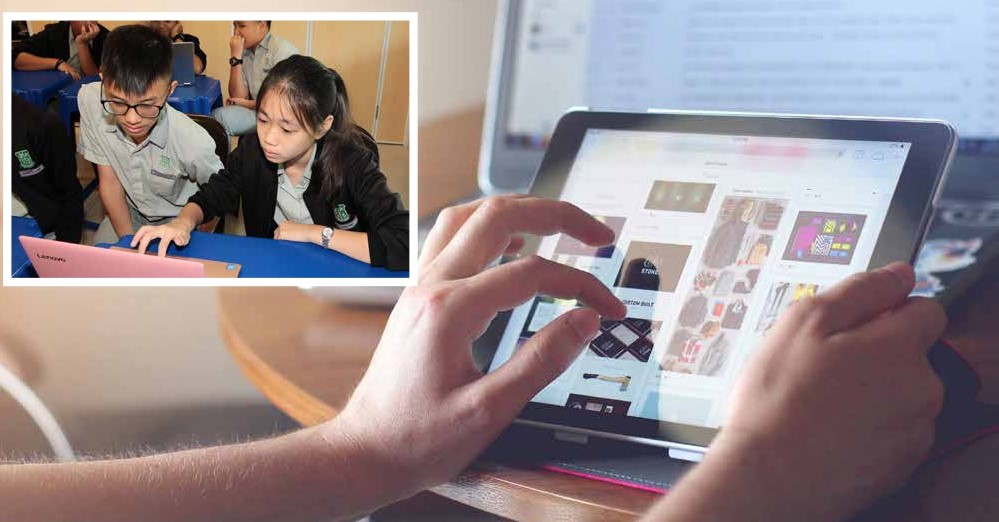– extracted and adapted from RAKAN Sarawak April-June 2020 –
The term digital divide describes a gap in access to and use of information and communication technology.
Digital divide has created significant distinctions among societies worldwide.
A person must be able to connect to gain improvement in social and cultural capital as well as achieve mass economic gains in productivity.
The gap in a digital divide may exist for many reasons. Research shows the digital divide is more than just an access issue.
The digital divide has contributed to separating individuals in the society including ethnicity, age, race, and gender.
Technology creates new alignments among individuals with access to the internet and those without access.
Those with limited access continue to lag hindering their growth and development.
There are at least three issues at play: information accessibility, information use and information receptiveness.
Digital divide also obvious between communities living in urban areas and those living in rural settlements; between socio-economic groups; between less economically developed countries and more economically developed countries; between the educated and uneducated population.
Education is a significant investment in healing the digital divide.
Low literacy levels are widening the digital divide. College degree holders noted to be 10 times more likely to tap into the full potential of the internet and computers in their day-to-day lives compared with individuals with high school education or lower.
It is commonly believed that once people have access to the digital devices and to the Internet, and can use those devices, they are digitally literate.
However, being able to browse the Internet, check your emails, access social media, and shop online, does not automatically mean an individual is digitally literate.
The American Library Association (ALA) defines digital literacy as “the ability to use information and communication technologies to find, evaluate, create, and communicate information, needing both cognitive and technical skills.”
Digital literacy spans areas including computer literacy, network literacy, information literacy and social media literacy.
It involved practical computer skills, both hardware skills and software skills.
Digital literacy also encompasses the possessing the knowledge, skills, attitudes, and behaviours for networked devices, and understanding and practising the sociological, political, cultural, economic, and behavioural feature of digital technologies.
A person that digitally literate have understanding basics Internet safety such as creating strong passwords, understanding, and using privacy settings, and knowing what to share or not on social media.
That person understands the dangers of cyber bullying and seek to stop current bullies and prevent others from cyber bullying.
Digital literacy is important now and in the future. At our workplace we are required to interact with people in digital environments, use information in proper ways, and create new ideas and products collaboratively.
With digital literacy skills we learn to become responsible content creators as well as content consumers.
We move beyond finding, evaluating, and consuming digital content to creating it, including both writing in digital formats and creating other forms of media such as tweets, podcasts, videos, emails, and blogs.
Above all, we will need to uphold our digital identity and well-being as the digital landscape continues to change at a fast pace.






